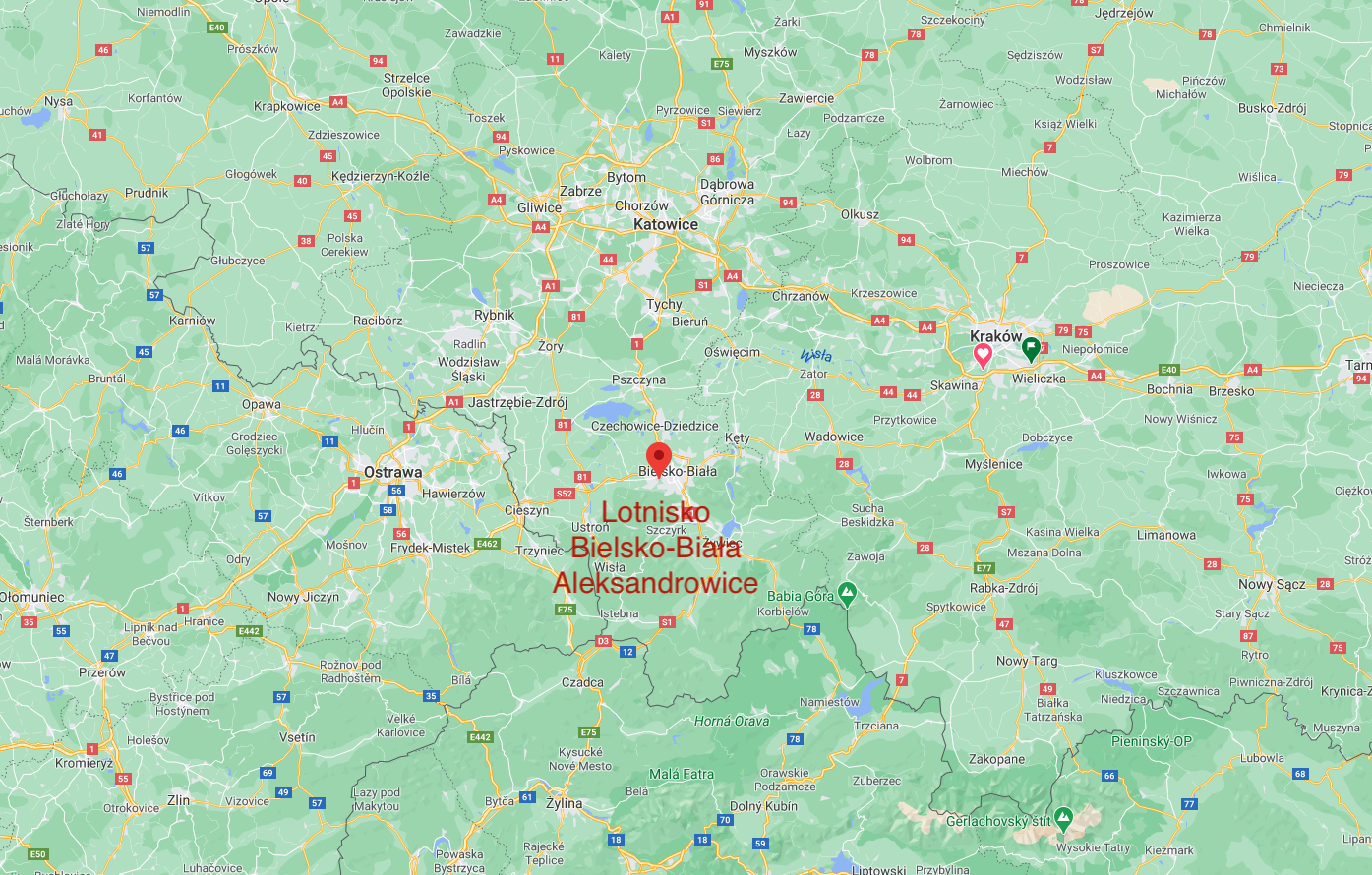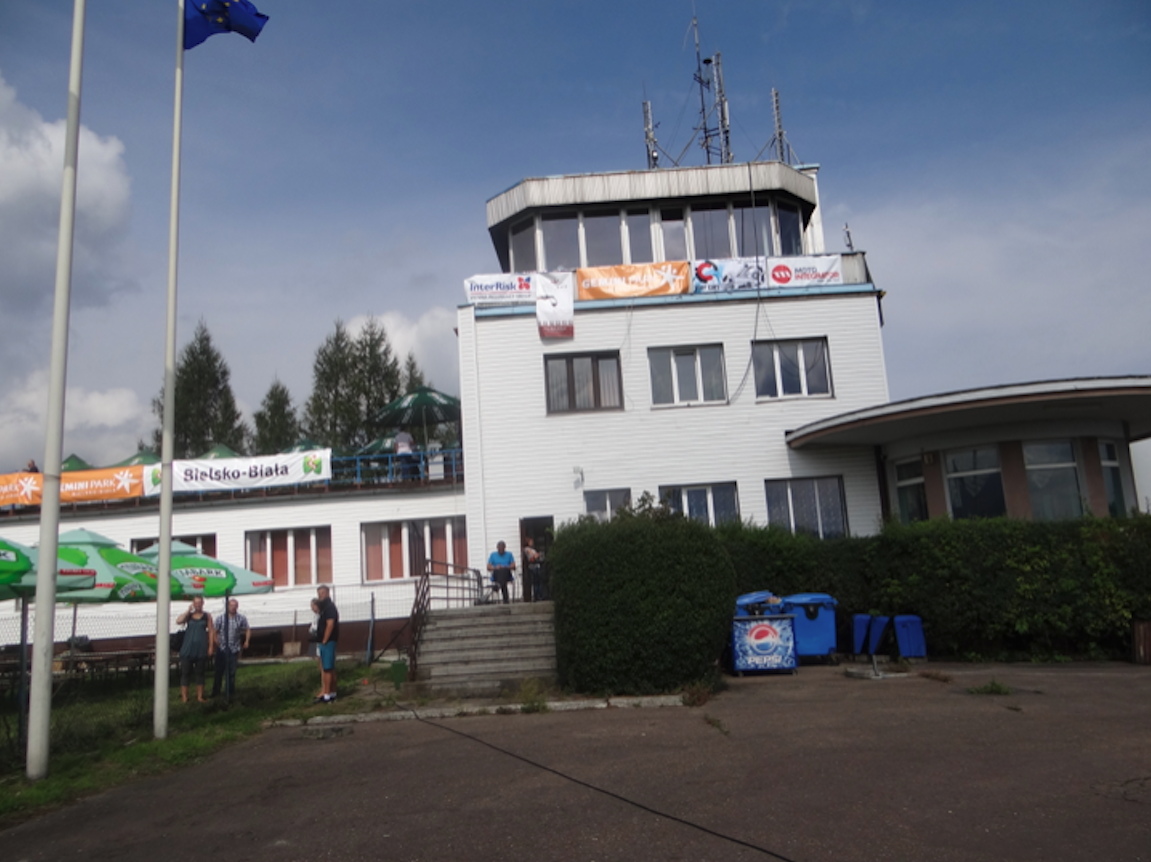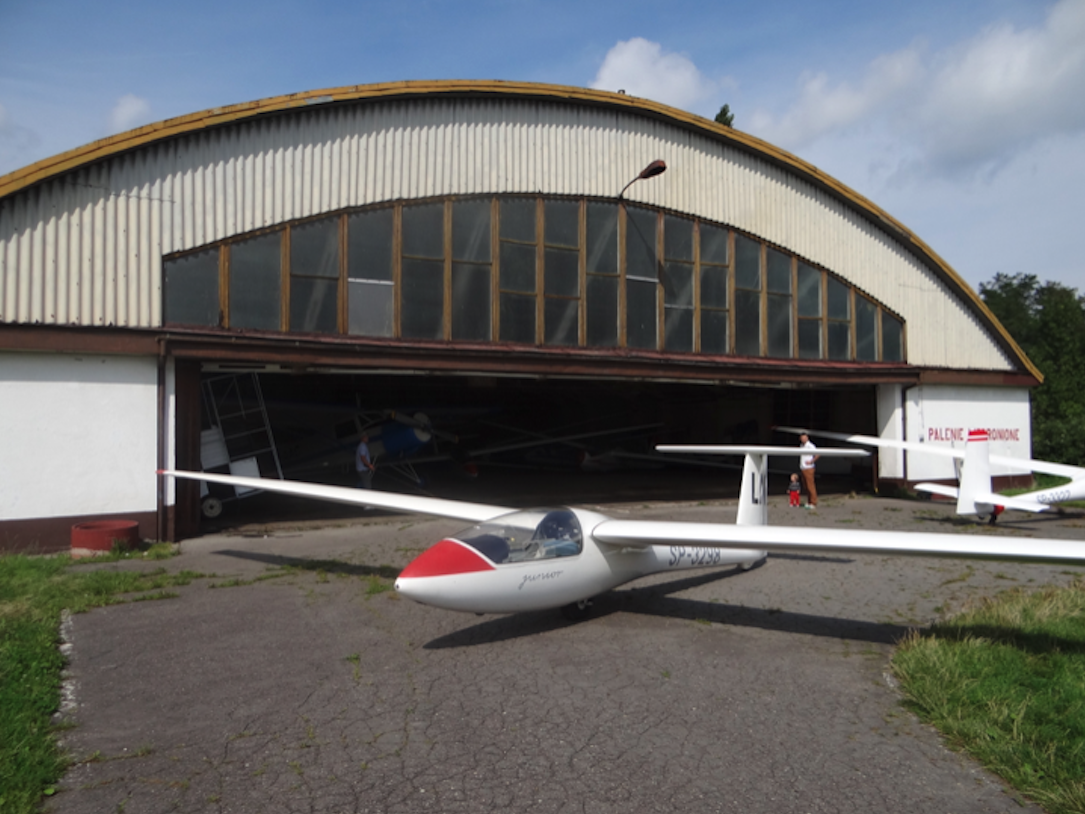Kraków 2014-10-20
Bielsko-Biała, Aleksandrowice airport.




The history of the Aleksandrowice Airport in Bielsko-Biała.
After the Republic of Poland regained independence in 1918, a conclusion was drawn that in order to maintain peace, one should still be ready for war. The Polish Army needed to be technically modernized and properly educated in the spirit of patriotism, love of God and the Fatherland. The most important organization supporting this goal was the Air and Gas Defense League, which was named after two new types of weapons born during the Great World War. One of the main tasks of the Air and Gas Defense League has become the education of future aviators who will in the future join sports, commercial and military aviation. To achieve this goal, it was necessary to build new airports with full facilities. And there was a lot of public support in this regard. Shortly after the end of the Great World War, the councils of Bielsko took the first steps to create a communication and sports airport. The plan appeared in 1928, when it turned out that in Ostrava in the Czech Republic, 85 km away (50 km in a straight line), the construction of a communication airport was started. Using the Air and Gas Defense League of the Silesian Provincial Committee (which since 1934 changed its name to the Silesian Provincial District LOPP), a large-scale propaganda campaign was conducted, promoting the idea of building such a facility among many significant people and companies. Aviation films were shown in cinemas in Bielsko and Czechowice. Lectures were given and one of the speakers was Captain Pilot Bernard Adamecki. The collection of the necessary funds has started. Some of the funds came from the Air and Gas Defense League, the Silesian Voivodeship, and the Bielsko County. Support was also given by the Aviation Command, which also promoted the opening of a pilot school.
It must be remembered that the Silesian Voivodeship at that time was also building an important airport in Katowice, launched in 1933, which became the first airport in Silesia.
For Bielsko, a suitable area was found in nearby Aleksandrowice. Today it is a district of Bielsko-Biała. It was an area of approximately 100 hectares. The land was purchased. Preparatory and design work began in 1933. In the summer of 1933, the Ministry of Communications approved the preliminary plan of the take-off field and entered the facility on the list of airports under construction. In 1934, the airport design was approved by the Aeronautics Department of the Ministry of Military Affairs. In 1934, the construction of the hangar and the airport building began, according to the design of engineer Schayer. A brick and steel hangar with an arched roof. Its elements were made in Górnośląskie United Huty; Huta Królewska and Huta Laura. In the fall of 1935, these facilities were ready in a raw, closed state. The access road to the airport, running from the Cieszyn - Bielsko road, was made by the Department of County Roads in Bielsko. A fence was also built on the north side, 500 m long, separating the airport from the road and nearby buildings. In July 1935, the take-off area was ready for use. At the beginning of 1936, a port (administrative) building, a two-story residential building for pilots and students, workshops and a fuel depot with a capacity of 20,000 liters of fuels and oils were ready. Water was supplied from the municipal pipeline. All investment works were carried out under the supervision of the Ministry of Transport and the Department of Communication and Construction of the Silesian Voivodeship Office and in agreement with the Ministry of Military Affairs.
Written by Karol Placha Hetman
